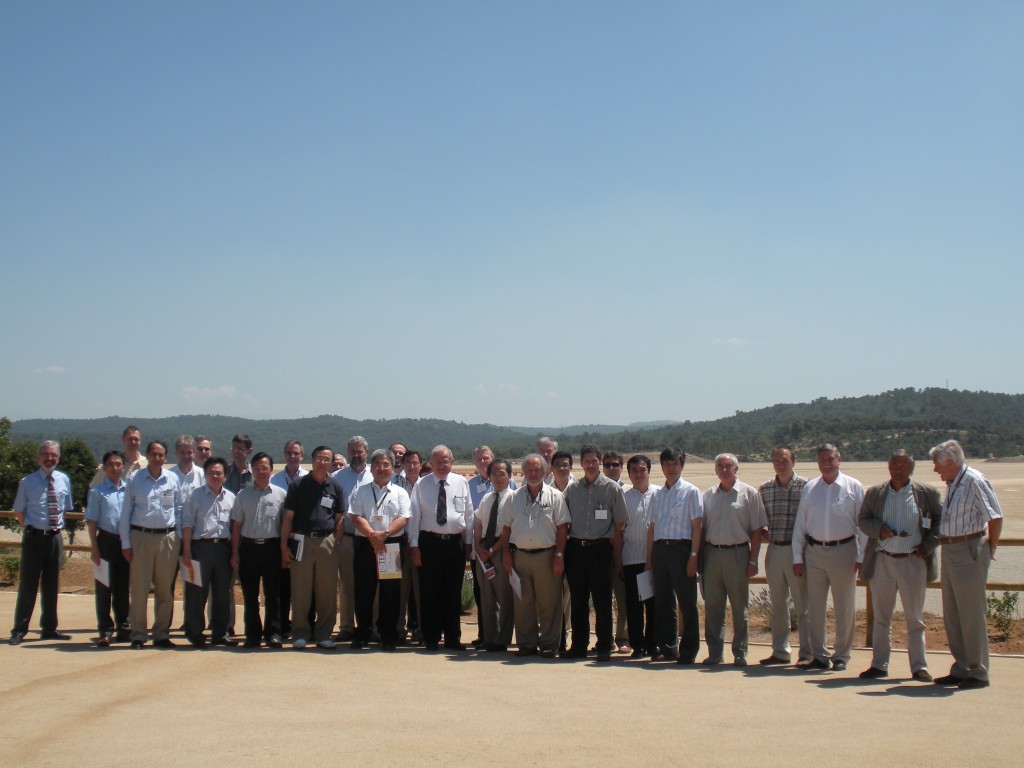ITER NEWSLINE
90
ITPA—research united for ITER
Sabina Griffith
ITPA—research united for ITER
If all the tokamaks in the world out there are planets, then ITER is the sun. "Yes, we can say that our research activities are entirely focused on ITER," said Ron Stambaugh, the Chairman of ITPA Coordination Committee at a meeting in Cadarache this week.
The International Tokamak Physics Activity (ITPA) aims at cooperation in development of the physics basis for burning tokamak plasmas. This week, the ITPA Coordination Committee came together in Cadarache to discuss what specific research is needed to improve the physics database for ITER and to discuss the further strategy for the implementation of the joint experiments.
It was the second meeting of the ITPA since it moved under the auspices of the ITER Organization in 2007. The ITPA is set up by 250 representatives from the big tokamak facilities and is organized in a Coordinating Committee and seven topical groups such as diagnostics, transport and confinement, energetic particles (Click here for the ITPA website). Currently there are about 70 joint experiments conducted by the ITPA.
In its last meeting in Boston in December 2008, the Coordinating Committee discussed in detail the research needs for ITER. "This time we are discussing how to best implement our findings," Ron Stambaugh said. One of the issues the ITPA wants to investigate in more detail is the suppression of Edge Localized Modes (ELM). "We want to take a closer look at the status of ELM control from the physics point of view. This is listed as a very high research priority." While machines like JET, MAST and DIII-D have already delivered first results, ITER-like ELM control coils are planned to be installed for testing in ASDEX-Upgrade in February next year.
Another issue that the ITPA wants to explore further is a higher density profile which would improve the plasma performance and thus the plasma power. The next planning meeting will be held in Daejeon, Korea, 15-16 December this year.
During its dinner on Wednesday, the panel raised its glasses to thank Alan Costley, Head of the ITER Diagnostics Department, "for his contributions to the group." Alan Costley is going to retire at the end of this year and with that he will also withdraw from the ITPA activities—at least officially! "It's been a long journey," his former student David Campbell, now Assistant Deputy Director-General of the ITER Physics Department, summarized. "You will be a great loss to the community!"
return to Newsline #90



